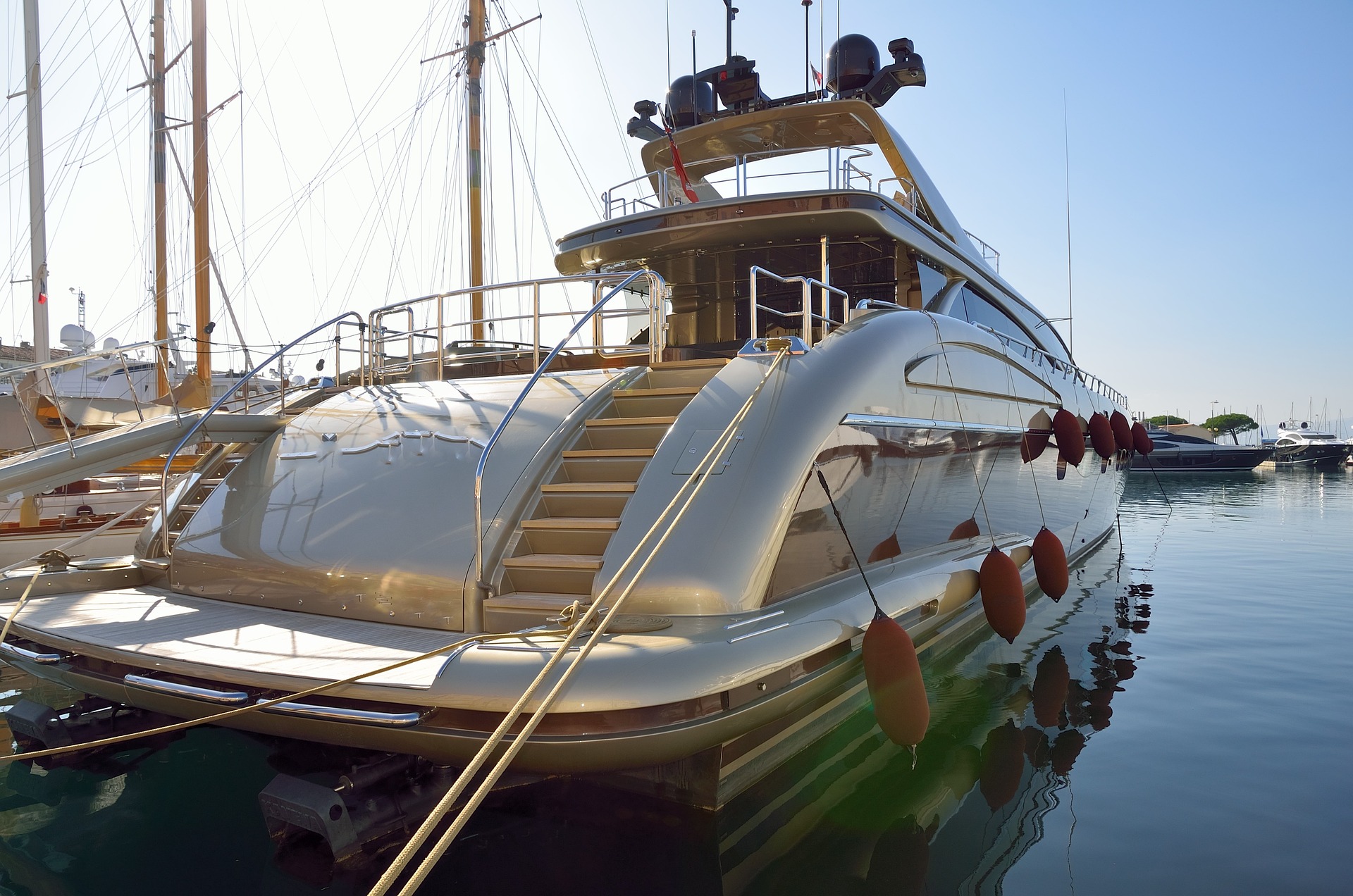Private Yacht Rental: Practical Guide for Chartering
Chartering a private yacht brings a distinct way to experience time on the water, whether for a day trip, a weekend, or a longer cruise. Renting a private yacht involves choices about vessel type, crew, route planning, and paperwork. Understanding the basics—what to expect onboard, legal requirements, and how pricing usually works—helps you plan a trip that fits your schedule and comfort level.

What does a yacht rental include?
A private yacht rental typically covers the vessel itself and may include a professional crew, fuel for a specified range, and certain onboard amenities. Crewed charters usually provide a captain and additional staff who handle navigation, meal preparation, and guest services. Bareboat charters let experienced skippers operate the yacht themselves, but often require a demonstrated license or charter endorsement and a security deposit.
Many contracts list what is included and what is extra—like fuel overages, provisioning, port fees, or water toys—so reviewing the charter agreement and inventory before boarding is essential.
Choosing the right boat size and type
Yachts range from small motor cruisers and sailing yachts to large motor or sailing vessels with multiple cabins and extensive leisure facilities. Consider guest count, desired speed, and onboard features such as cabins, bathrooms, a galley, and entertainment systems. For groups focused on relaxation, a motor yacht with wide decks and lounging areas may suit best; sailing yachts suit guests seeking a more hands-on nautical experience.
Also think about where you’ll cruise: sheltered bays and islands have different docking and anchoring constraints than open-ocean passages. Discuss options with local services in your area to match vessel capability with intended itinerary.
Planning routes and ocean conditions
Route planning should account for distance between ports, prevailing winds, currents, and seasonal weather patterns. For coastal cruising, shorter hops and regular port calls reduce stress on guests and crew. For longer open-water legs, confirm the yacht’s range, fuel reserves, and safety equipment, and ensure the captain files appropriate float plans.
Monitoring ocean conditions and consulting marine weather forecasts is critical. Professional captains plan alternative routes and safe harbors, and they coordinate with marinas or anchorages to confirm berthing availability and any local restrictions.
Luxury amenities and onboard services
Private yacht rentals can range from modest comfort to full-service luxury. Amenities might include chef services, fine dining, water sports equipment (jet skis, paddleboards, snorkeling gear), air conditioning, Wi‑Fi, and entertainment systems. Some larger yachts have stabilizers, hot tubs, or crewed spa services.
When luxury services are important, confirm staffing levels and menus in advance and ask about provisioning options. Many charter companies or local services in your area offer tailored packages to align onboard offerings with the experience you want.
Safety, permits, and sea regulations
Safety should be a priority: verify that the yacht meets safety standards, lifejackets are available for all passengers, and firefighting and emergency gear is onboard and inspected. Depending on where you sail, permits, customs clearance, and visas may be required for international crossings. Local maritime regulations can affect speed limits, protected areas, and waste disposal practices.
If you plan to operate a bareboat charter, check licence requirements and insurance coverage. For crewed charters, confirm the captain’s credentials and ask about emergency procedures and medical evacuation plans.
Conclusion
Renting a private yacht combines planning, practical checks, and clear communication about expectations. By matching vessel type and crew arrangements to your itinerary, reviewing contracts carefully, and preparing for ocean conditions and regulatory requirements, you can create a safe and comfortable experience on the water. Whether you prioritize relaxation, water activities, or an extended itinerary, thorough preparation helps ensure your charter aligns with both practical needs and personal preferences.





